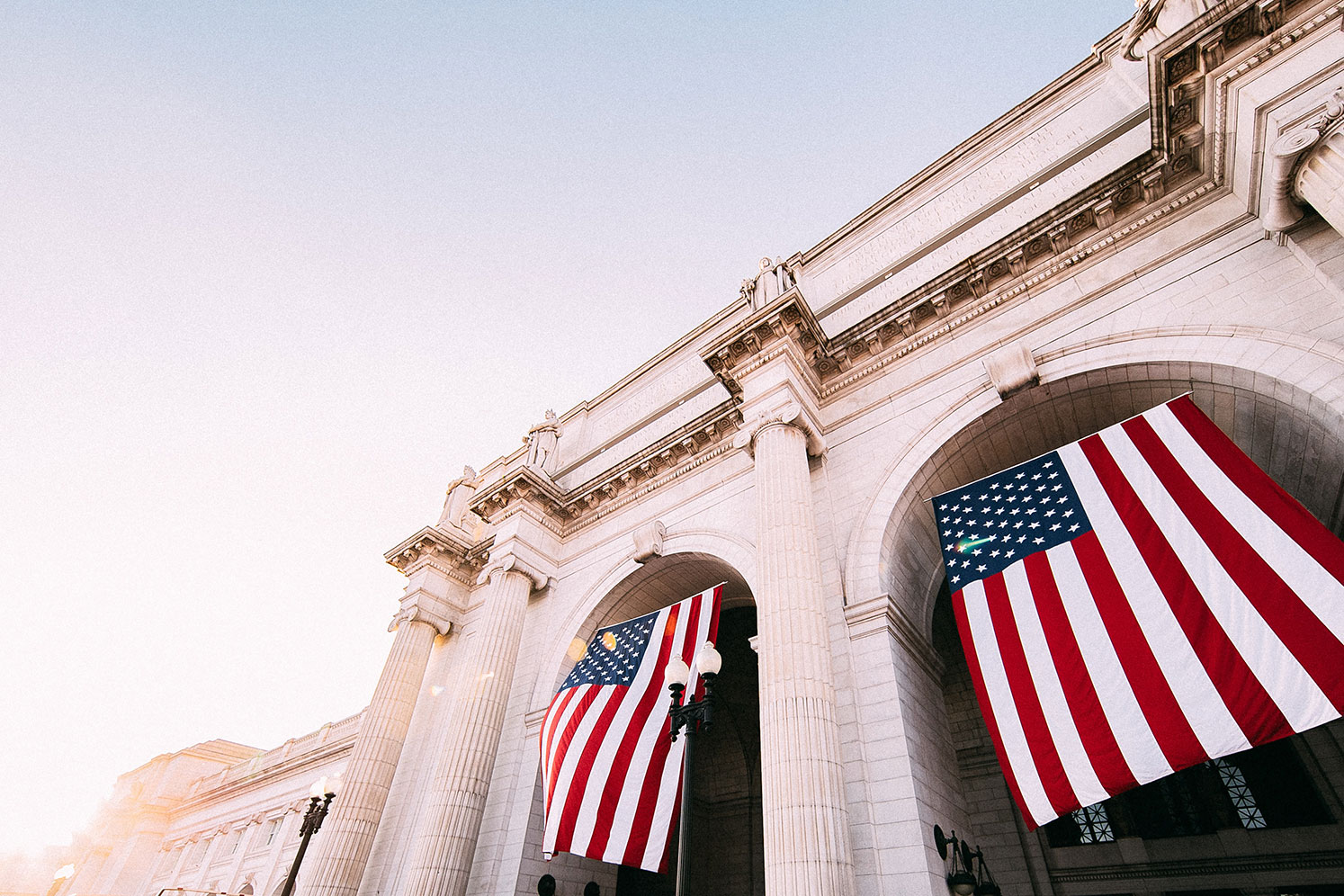Financial Alchemy – The Great Experiment
Unwinding the Fed’s Quantitative Easing Program
The Great Experiment is unwinding. The U.S. Federal Reserve Central Bank (Fed) is beginning to reverse its Quantitative Easing (QE) program, a 2009 policy created in response to the worsening financial crisis known as the Great Recession. Since its very conception, QE was considered a controversial, unconventional, and some would say experimental, monetary policy.
QE occurs when a Central Bank purchases a predetermined amount of government bonds or other securities from the market in an attempt to lower interest rates, increase asset prices, and stabilize the economy.
In total, Central Banks across the globe followed the US Fed’s lead and combined to purchase more than $20T in assets under the QE umbrella. This coordinated effort had a massive effect on asset prices and interest rates across the globe.
This monetary policy experiment (QE) had no historical precedent and was the financial equivalent of other controversial lab experiments like GMOs (genetically modified organisms), stem cell research, or genome sequencing/editing: praised by some and scorned by others. Hence, Quantitative Easing became know as “The Great Experiment”.
Proponents of QE credit it with stabilizing the economy and pulling the United States out of the Great Recession. Critics claim the effects have increased income inequality, inhibited our return to historical economic growth rates and dramatically increased the chances of future policy missteps.
We’ are about to find out if the old adage “don’t fight the Fed”, which was true on the way up, will hold true in reverse. After more than eight years of QE variations, the Fed finally began to move from QE to QT (Quantitative Tightening) just a few weeks ago.
While the Fed actually ended its bond-buying program in early 2015, they never removed the increased reserves created through this activity. The Fed is now allowing its bonds to mature without reinvesting the proceeds, and thus those reserves will gradually be removed from the monetary system.
In this edition of “Cutting through the Noise” we review some of the more dramatic effects created by QE that are captured in our “Three Favorite Charts” below and discuss how QE, and its present unwinding, is likely to impact both the economy and capital markets.
Tools And Materials For The QE Experiment
The process described in Steps 1, 2 and 3 above is quite straight-forward. In a nutshell, the Fed buys government bonds and mortgages, which pushes up prices of those securities while pushing down interest rates.
These lower rates inspire economic activity, while simultaneously encouraging investors to take more risk in securities that offer higher returns than the bonds bought by the Fed. The net effect is that the money created by the Fed to buy bonds is ultimately re-deployed into riskier assets by the investment community.
If all of this feels more like market manipulation rather than the ‘free market pricing’ of the cost of money or interest rates; Guess what? It is! Prior to its own QE implementation, the U.S. openly criticized other governments for similar behaviors through the IMF, World Bank, and World Trade Organization.
Immunization or Mutation
U.S. hypocrisy aside, The Goal stated in the above chart is unambiguous and the results are irrefutable. Since this process began on March 9, 2009, the stock market is up almost 400%, mortgage rates declined more than 3%, and spreads on high yield junk bonds compressed by 15-20% to historic lows, making corporate borrowing much more affordable. These very impressive results helped inflate consumer confidence and jumpstart the economy.
Thus far, the QE experiment is a success on many levels and was necessary at the depths of the recession to avoid total economic collapse. However, we will never know if (once the economy survived the initial free fall with the help of extensive government programs such as QE) it would be in better shape today had the government backed off such aggressive intervention and allowed more businesses to fail, thereby removing more debt through bankruptcies, and bringing about more business investment in the subsequent recovery.
That question will be the topic of white papers for generations. Managing this unwind will determine whether the Fed can claim ultimate victory with their Great Experiment or if they created a Frankenstein economy.
The Risks highlighted in the chart above are a bit more debatable. To be sure, the risks were somewhat avoided because other global Central Banks implemented the same policies as the Fed. This coordinated global liquidity program prevented the U.S. dollar from falling on a relative basis. A weaker dollar is often considered a precursor to inflation because a weaker currency leads to paying more for imported products or “importing inflation”.
At the end of the day, it is easy to conclude that the “Goal” of QE was accomplished, and to this date, the risks mostly avoided. That said, it’s likely the task of unwinding this experiment will get a bit more complicated… all the more so with a new Fed Governor set to take the helm from Janet Yellen next February.
Let’s See What Those Central Bankers Created In The Lab!
Now that we have discussed how QE actually works, let’s take a look at the impact of this program on various segments of the capital markets.
Favorite Chart #1 – The chart below illustrates the direct impact QE had on stock prices. The blue line represents the assets purchased through global Central Bank QE operations (RHS). The red line shows how the S&P 500 responded to these excess reserves being pumped into the capital markets. WOW. We have seen ETFs (designed to tightly track a specified index) in certain illiquid markets that exhibit a lower correlation. This is strong evidence that equity investors benefited from QE.
This does not necessarily mean that the stock market is about to fall or even that it has to fall at all. It does suggest this may be a great time to take some profits or consider other avenues for excess returns going forward.
Favorite Chart #2 – European High Yield bonds trade at lower interest rates than U.S. Treasuries or the first time EVER! Shown below is the Euro High Yield non-financial bond index (blue line) vs the U.S. Treasury bond (white line). Not surprisingly, Euro High Yield bonds traded with much higher interest rates through most of the last cycle, because as expected, High Yield bonds carry more risk.
In late 2008 / early 2009 we see that interest rates on riskier bonds increased to historically wide spreads vs U.S. Treasuries during the depths of the Great Recession. Once the QE policies kicked in 2009, credit spreads began to tighten again.
However, fast forward to 2016 and look what happened in the Euro Junk bond market. Once the Fed stopped buying bonds in 2015 and the ECB ramped up their QE or bond-buying activities, we saw High Yield bond interest rates in Euro decline to the same level or lower than U.S. Treasury bonds. This is crazy!
How can Junk bonds in Euro trade with the same implied risk as U.S. Treasuries?? This single, irrational data point highlights how the effects of QE have simply gone too far and must recede at some point.
That said, the Fed has begun to let some of their bonds roll off (QT), which is their plan to reverse the effects of QE. However, the BOJ and ECB (and possibly China) will continue their QE operations, so some of these relationships could get even crazier.
Investors need to be aware of how we got here, because some of those principal drivers are about to reverse. This policy reversal is likely to reverse the price patterns of many securities that benefited from QE on the way up.
What Effect Did QE Have On Passive vs. Active Managers?
Favorite Chart #3 – Let’s look at a less direct impact of QE as seen in the chart below. This chart displays the impact of investors indiscriminately buying passive equity investments rather than actively managed investments after the onset of QE.
Active managers were clearly outperforming across the board until shortly after QE “goosed” the markets in 2009, which led to initial outperformance from passive products coming off the market bottom. The longer that paradigm persisted, the more and more investment dollars shifted from active to passive. At this point, active funds have given up all of their previously accrued outperformance and an additional 3+% to passive funds.
This process has a self-fulling effect, whereby active managers that suffer redemptions must sell their “active” positions, thus putting downward pressure on those active exposures. This money then goes to passive indexes/ETFs, which continue to funnel into the same basket of market cap leaders.
The effect of driving more and more money into the largest stocks based on market capitalization had a derivative effect of also driving down volatility. Guess what, lower volatility leads algorithmic asset allocators to also push more money to stocks. Lather, Rinse, Repeat…and so on.
Just like the crazy relationship described earlier with the Euro Junk bond yields trading below Treasury yields, this passive craze will likely reverse at some point as the buoyancy offered through QE recedes.
We have seen this before, markets are cyclical and the drivers of market performance ebb and flow. One cycle that we expect to reverse at some point is the consistent outperformance of passive over active investments. Not only is the main driver of this phenomenon about to reverse, but active management tends to outperform late in the cycle.
As The Globe Continues To Spin, The Fed Begins To Unwind…
Going forward, it will be interesting to dissect the result of the Fed tapering QE while Congress gets busy implementing fiscal stimulus through tax cuts. This could break in a number of directions…
The Fed suggests that it will be like watching ‘paint dry’; while others speculate this will lead to a de-synchronized global economy resulting in wild currency swings, higher interest rates and a return to a more normal business cycle that ultimately careens off the tracks.
The truth will no doubt be found somewhere in between. Let’s remember this is probably the first step in the eventual return to increased uncertainty in our markets and ultimately more volatility. That is a good thing. Volatility creates opportunity.
Let’s hope global Central Bankers slowly turn down their Bunsen burners and allow the effects of this simmering experiment to slowly subside. The free markets have a fine record without the need to put the economy on chronic steroids, and it’s now time to wean it off the performance enhancing monetary policies.
Extra Credit:
While QE was successful in stabilizing the economy during the Great Recession, it was not the single greatest government policy that helped prevent the economy from the slipping into depression in March of 2009.
The monetary effects of QE were amplified atop the fiscal effects of TARP (Troubled Asset Relief Program). TARP was QE’s equivalent on the fiscal side, which was implemented by the Bush and Obama Administrations in conjunction with Congress. These programs included purchases of mortgage-backed securities along with bailouts for the banking and auto industries.
All that said, the single greatest policy change that occurred on that fateful March 9th morning in 2009 was the removal of ‘Mark-to-market’ accounting for the banks. This policy not only removed the need for banks to value their loans (and underlying collateral) at market value, but actually allowed them to value their loan portfolio at the purchase price. The ultimate result was that banks no longer needed to sell assets to reduce risk and thus, removed downward pressure across all assets at our darkest hour.
The combination of all three of these policies (QE, TARP, and removal of ‘Mark to market’) undoubtedly kept our economy out of the dustbin of history and allowed us to eventually regain momentum. Going forward, it is likely that the government will revert to using its full bag of tricks, or create new tricks in the lab, to avoid a similar collapse in the future. It will be interesting to see to what degree the government allows the economy to return to a ‘free market’ and how much they continue to use policy tools as political weapons.
Disclosures
Three Bell Capital (“Three Bell”) is a registered investment adviser with the Securities Exchange Commission. The information provided by Three Bell (or any portion thereof) may not be copied or distributed without Three Bell’s prior written approval. All statements are current as of the date written and do not constitute an offer or solicitation to any person in any jurisdiction in which such offer or solicitation is not authorized or to any person to whom it would be unlawful to make such offer or solicitation.
This information was produced by and the opinions expressed are those of Three Bell as of the date of writing and are subject to change. Any research is based on Three Bell proprietary research and analysis of global markets and investing. The information and/or analysis presented have been compiled or arrived at from sources believed to be reliable, however, Three Bell does not make any representation as their accuracy or completeness and does not accept liability for any loss arising from the use hereof. Some internally generated information may be considered theoretical in nature and is subject to inherent limitations associated therein. There are no material changes to the conditions, objectives or investment strategies of the model portfolios for the period portrayed. Any sectors or allocations referenced may or may not be represented in portfolios of clients of Three Bell, and do not represent all of the securities purchased, sold or recommended for client accounts.








